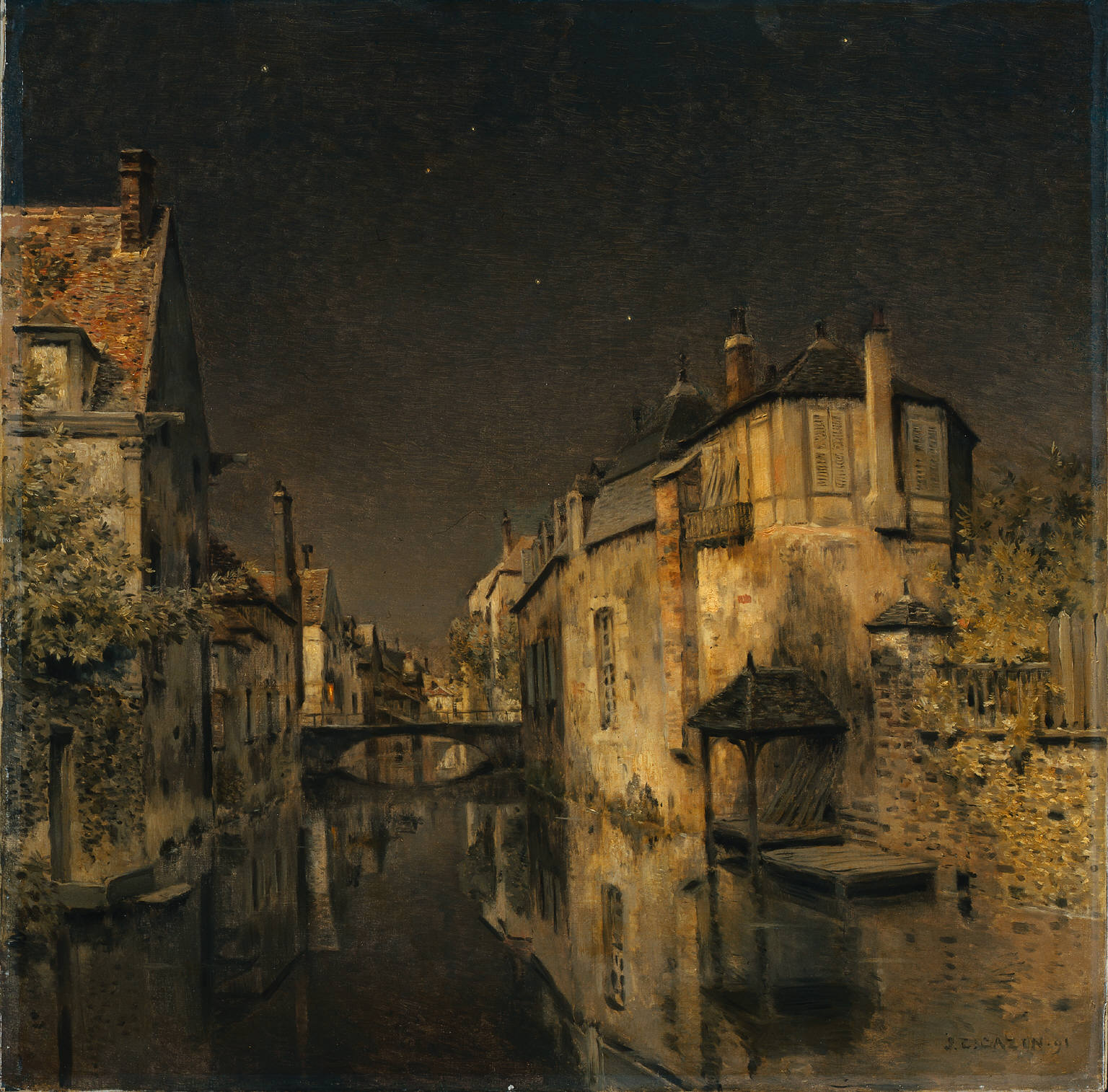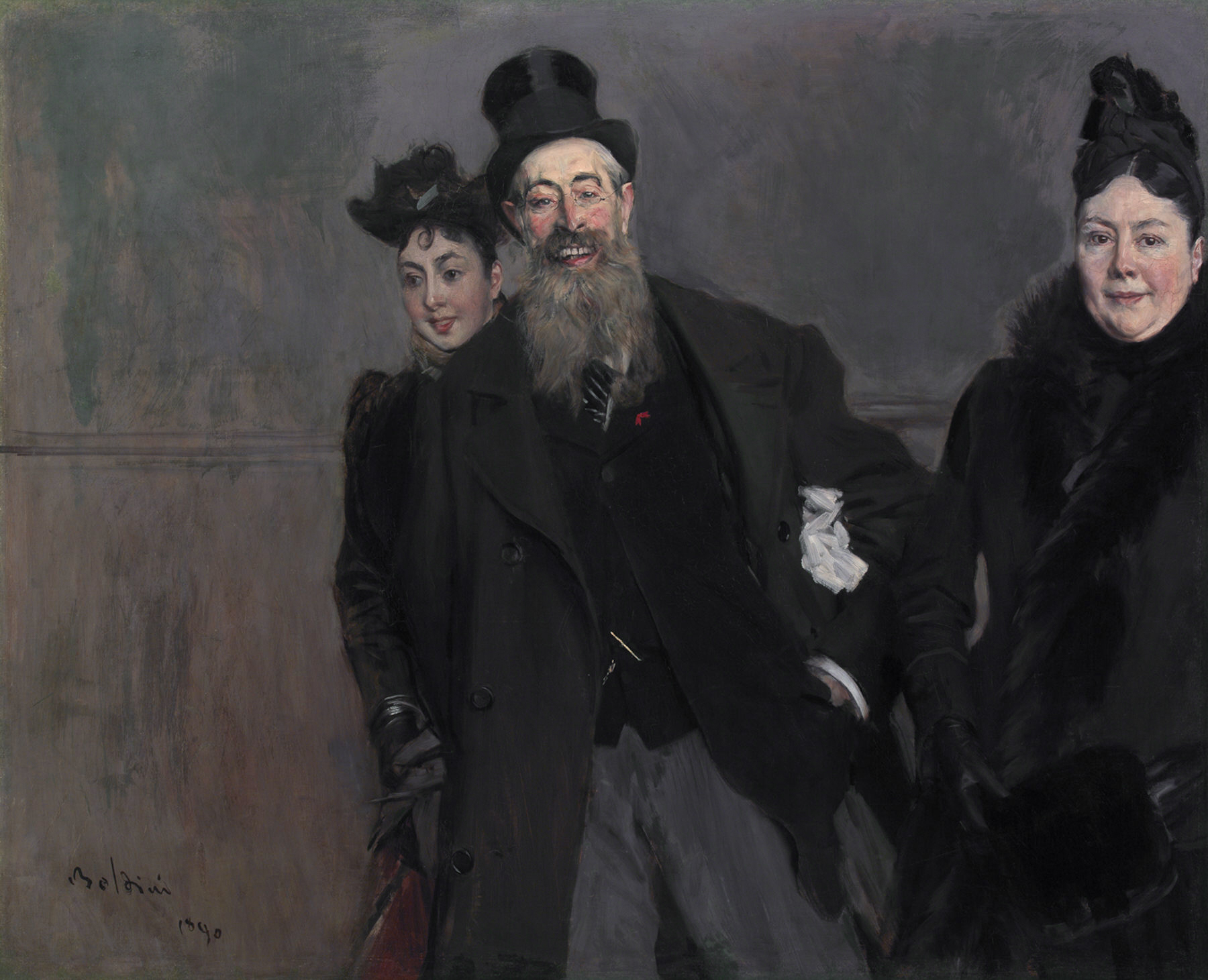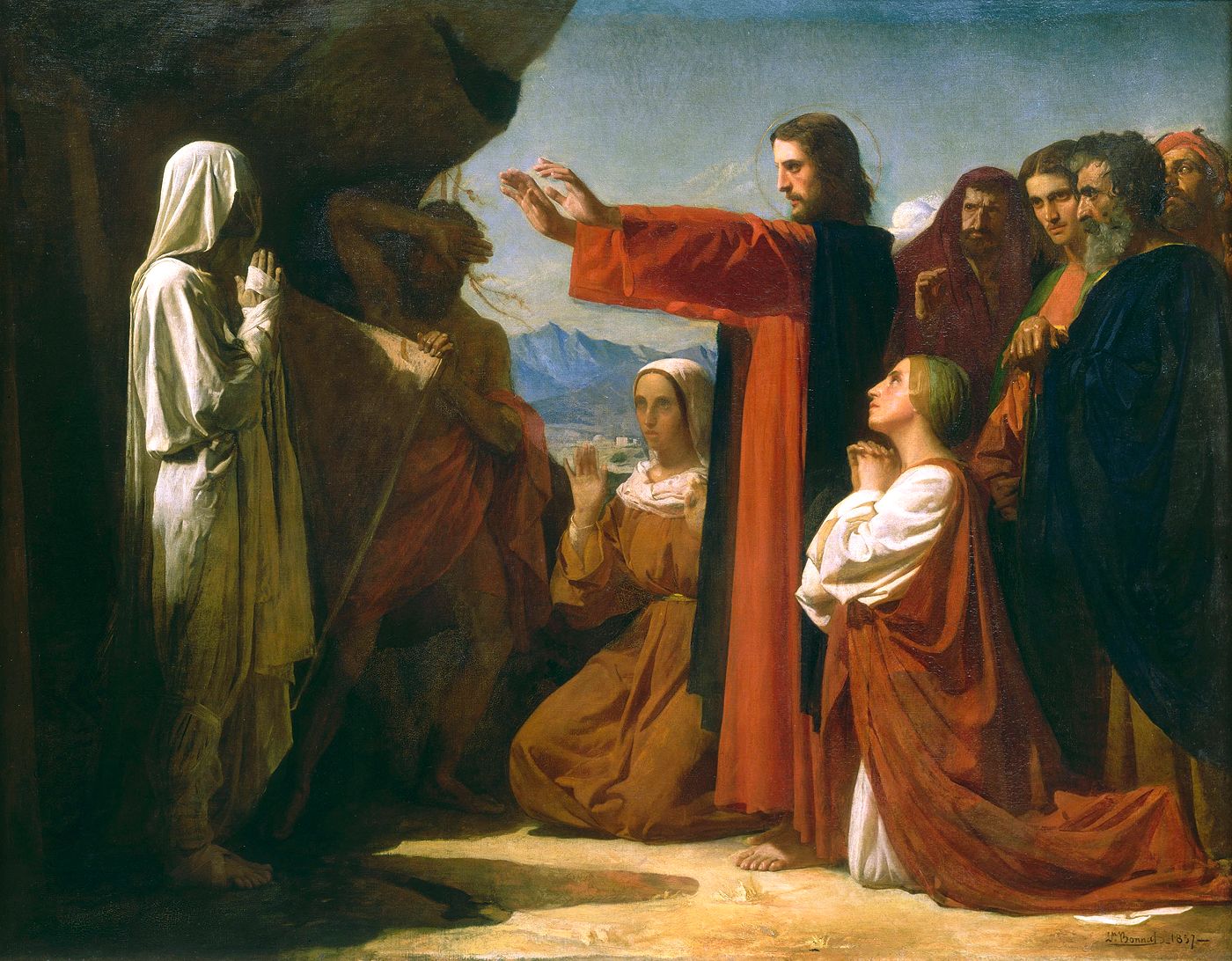|
Société D'aquarellistes Français
The Société d'aquarellistes français ( en, Society of French Watercolourists), often in uncontracted form as Société des aquarellistes français, was an association of painters in watercolour in nineteenth-century France. It held annual exhibitions of works by members; the first of these was held in the gallery of Paul Durand-Ruel at 16 rue Laffitte, Paris, in 1879. The society ceased to be active in 1896. Members In 1879, the honorary members of the society were: * Prince de Joinville * Édouard André * Emmanuel Bocher * Maurice Cottier * Auguste Dreyfus * Alexandre Dumas * Viscount Étienne de Ganay * Viscount Henri Greffulhe * Alfred Hartmann * Baron Edmond de Rothschild * Count Samuel Welles de la Valette In 1879, the ordinary members were: * Henri Baron * Charles-Édouard de Beaumont * Édouard Detaille * Gustave Doré * François-Louis Français * Ferdinand Heilbuth * Eugène Isabey * Jules Jacquemart * Roger Jourdain * Louis-Eugène Lambert * Eugène Lami ... [...More Info...] [...Related Items...] OR: [Wikipedia] [Google] [Baidu] |
Watercolour
Watercolor (American English) or watercolour (British English; see spelling differences), also ''aquarelle'' (; from Italian diminutive of Latin ''aqua'' "water"), is a painting method”Watercolor may be as old as art itself, going back to the Stone Age when early ancestors combined earth and charcoal with water to create the first wet-on-dry picture on a cave wall." London, Vladimir. The Book on Watercolor (p. 19). in which the paints are made of pigments suspended in a water-based solution. ''Watercolor'' refers to both the medium and the resulting artwork. Aquarelles painted with water-soluble colored ink instead of modern water colors are called ''aquarellum atramento'' (Latin for "aquarelle made with ink") by experts. However, this term has now tended to pass out of use. The conventional and most common ''support''—material to which the paint is applied—for watercolor paintings is watercolor paper. Other supports or substrates include stone, ivory, silk, reed, papy ... [...More Info...] [...Related Items...] OR: [Wikipedia] [Google] [Baidu] |
Eugène Lami
Eugène Louis Lami (12 January 1800 – 19 December 1890) was a French painter, watercolorist, lithographer, illustrator and designer. He was a painter of fashionable Paris during the period of the July Monarchy and the Second French Empire and also made history paintings and illustrations for books such as Gil Blas and Manon Lescaut. Life He worked at the studio of Horace Vernet then studied at the École des Beaux-Arts in Paris with Camille Roqueplan and Paul Delaroche under Antoine-Jean Gros. While there, he learned watercolor technique from Richard Parkes Bonington and later became a founding member of the Society of French Watercolorists. Lami began working in lithography and in 1819 produced a set of 40 lithographs depicting the Spanish cavalry. These, plus a collaboration with Vernet on a large set of lithographs titled ''Collections des uniformes des armées françaises de 1791 à 1814'' helped build a reputation for doing military scenes which transferred to his pain ... [...More Info...] [...Related Items...] OR: [Wikipedia] [Google] [Baidu] |
Georges Claude
Georges Claude (24 September 187023 May 1960) was a French engineer and inventor. He is noted for his early work on the industrial liquefaction of air, for the invention and commercialization of neon lighting, and for a large experiment on generating energy by pumping cold seawater up from the depths. He has been considered by some to be "the Edison of France". Claude was an active collaborator with the German occupiers of France during the Second World War, for which he was imprisoned in 1945 and stripped of his honors. Early life and career Georges Claude was born on 24 September 1870 in Paris, France, during the city's siege by German forces. Georges Claude studied at the École supérieure de physique et de chimie industrielles de la ville de Paris (ESPCI). He then held several positions. He was an electrical inspector in a cable factory and the laboratory manager in an electric works. He founded and edited a magazine, ''L'Étincelle Électrique'' (''The Electric Spark'' ... [...More Info...] [...Related Items...] OR: [Wikipedia] [Google] [Baidu] |
Jean-Charles Cazin
Jean-Charles Cazin (25 May 1840 – 17 March 1901) was a French landscapist, museum curator and ceramicist. Biography The son of a well-known doctor, FJ Cazin (1788–1864), he was born at Samer, Pas-de-Calais. After studying in France, he went to England, where he was strongly influenced by the pre-Raphaelite movement. His chief earlier pictures have a religious interest, shown in such examples as ''The Flight into Egypt'' (1877), or ''Hagar and Ishmael'' (1880, Luxembourg); and afterwards his combination of luminous landscape with figure-subjects (''Souvenir de fête'', 1881; ''Journée faite'', 1888) gave him a wide repute, and made him the leader of a new school of idealistic subject-painting in France. In 1890, Theodore Child discussed a few of his paintings (including a series of five paintings depicting the story of Judith and Holofernes) in '' Harper's Magazine''. He painted a scene from ''The Odyssey'', ''Ulysses after the Shipwreck''. He was made an officer of ... [...More Info...] [...Related Items...] OR: [Wikipedia] [Google] [Baidu] |
John Lewis Brown
John Lewis Brown (1829–1890) was a French battle, animal, and genre painter. He was born in Bordeaux of a Scottish family of Stuart partisans. He studied in the École des Beaux-Arts with Camille Roqueplan and Jean-Hilaire Belloc. ''The Correspondence of James McNeill Whistler'', website; retrieved 12 March 2012. He is known for his pictures of hunting and military scenes, and his studies of horses and dogs. He painted a number of admirable pictures from the |
Maurice Boutet De Monvel
Louis-Maurice Boutet de Monvel (18 October 1850 – 16 March 1913) was a French painter and illustrator best known for his watercolours for children's books. He was a major figure in nineteenth-century children's book illustration. Early life and education Boutet de Monvel was born in Orléans, the second of nine children; his father, Benjamin Boutet de Monvel (1820–1880), was a physics and chemistry professor. His maternal grandfather was the tenor Adolphe Nourrit (1802–1839), and there were other artists in the family. He lived mainly in Paris as a child. He began attending the École nationale supérieure des Beaux-Arts in early 1870. During the Franco-Prussian War, he served in the French army. With the return of peace, he began attending the Académie Julian, where he worked with Gustave Boulanger and Jules Lefèbvre, both major influences on his early work. He also worked with Carolus-Duran. Paintings In 1873 he exhibited for the first time at the Salon ... [...More Info...] [...Related Items...] OR: [Wikipedia] [Google] [Baidu] |
Léon Bonnat
Léon Joseph Florentin Bonnat (20 June 1833 – 8 September 1922) was a French painter, Grand Officer of the Légion d'honneur and professor at the Ecole des Beaux Arts. Early life Bonnat was born in Bayonne, but from 1846 to 1853 he lived in Madrid, where his father owned a bookshop. While tending his father's shop, he copied engravings of works by the Old Masters, developing a passion for drawing. In Madrid he received his artistic training under Madrazo. He later worked in Paris, where he became known as a leading portraitist, never without a commission. His many portraits show the influence of Velázquez, Jusepe de Ribera and other Spanish masters, as well as Titian and Van Dyke, whose works he studied in the Prado, which placed him at the forefront of painting in France in the 1850s, opposing neoclassicism and academicism. Following the period in Spain, Bonnat worked the studios of the history painters Paul Delaroche and Leon Cogniet (1854) in Paris. Despite repeated a ... [...More Info...] [...Related Items...] OR: [Wikipedia] [Google] [Baidu] |
Albert Besnard
Paul-Albert Besnard (2 June 1849 – 4 December 1934) was a French painter and printmaker. Biography Besnard was born in Paris and studied at the École des Beaux-Arts, studied with Jean Bremond and was influenced by Alexandre Cabanel. He won the Prix de Rome in 1874 with the painting ''Death of Timophanes''. On 19 November 1879 he married the sculptor Charlotte Dubray (1854–1931). They had four children, of whom three were artists. Until about 1880 he followed the academic tradition, but then broke away completely, and devoted himself to the study of colour and light as conceived by the Impressionists. The realism of this group never appealed to his bold imagination, but he applied their technical method to ideological and decorative works on a large scale, such as his frescoes at the Sorbonne, the Ecole de Pharmacie, the ceiling of the Comédie-Française (main theatre in Paris), the Salle des Sciences at the Hôtel de Ville, the ''mairie'' of the 1st arrondissement, ... [...More Info...] [...Related Items...] OR: [Wikipedia] [Google] [Baidu] |
Jean Béraud
Jean Béraud (; January 12, 1849 – October 4, 1935) was a French painter renowned for his numerous paintings depicting the life of Paris, and the nightlife of Paris society. Pictures of the Champs Elysees, cafés, Montmartre and the banks of the Seine are precisely detailed illustrations of everyday Parisian life during the " Belle Époque". He also painted religious subjects in a contemporary setting. Biography Béraud was born in Saint Petersburg. His father (also called Jean) was a sculptor and was likely working on the site of St. Isaac's Cathedral at the time of his son's birth. Béraud's mother was one Geneviève Eugénie Jacquin; following the death of Béraud's father, the family moved to Paris. Béraud was in the process of being educated as a lawyer until the occupation of Paris during the Franco-Prussian war in 1870. Béraud became a student of Léon Bonnat, and exhibited his paintings at the Salon for the first time in 1872. However, he did not gain recognit ... [...More Info...] [...Related Items...] OR: [Wikipedia] [Google] [Baidu] |
Jules Worms
Jules Worms (16 December 1832 – 25 November 1924) was a French academic painter and illustrator. Born into a family of Parisian shopkeepers, he entered the École des Beaux-Arts in 1849 at the age of seventeen, where he studied under (1810–79). He made his debut at the Paris Salon of 1859. Worms is best known for genre scenes depicting Spanish life, often comical and painted in a highly realistic manner with many details and bright colors. Career In the early 1860s, Worms made his first trip to Spain, where he was immediately enchanted with Spanish culture and customs. Worms returned for six extended trips between 1860–61 and 1882, traveling widely and gathering sketches and costumes for studio paintings back in Paris.Sanders, Patricia B. ''The Haggin Collection'', Stockton: The Haggin Museum, 1991, p 162. In 1871 he spent six months in Granada with the Catalan painter Marià Fortuny, whom he had met in Paris. His paintin''La romance à la mode'' exhibited at the Paris Sal ... [...More Info...] [...Related Items...] OR: [Wikipedia] [Google] [Baidu] |









